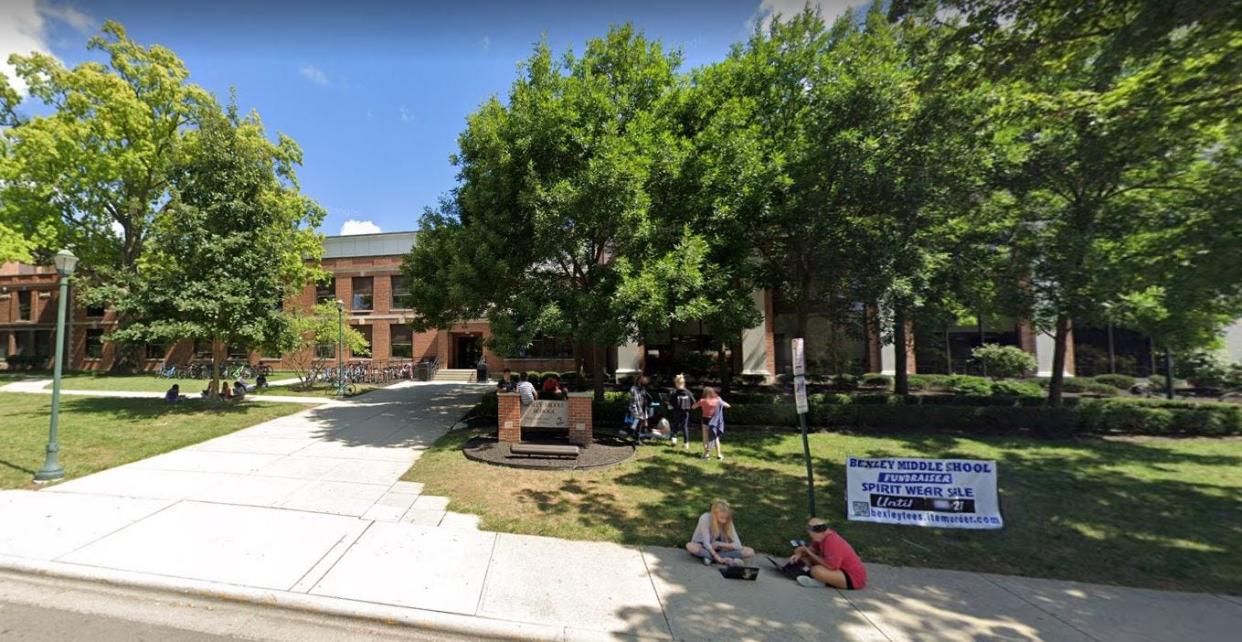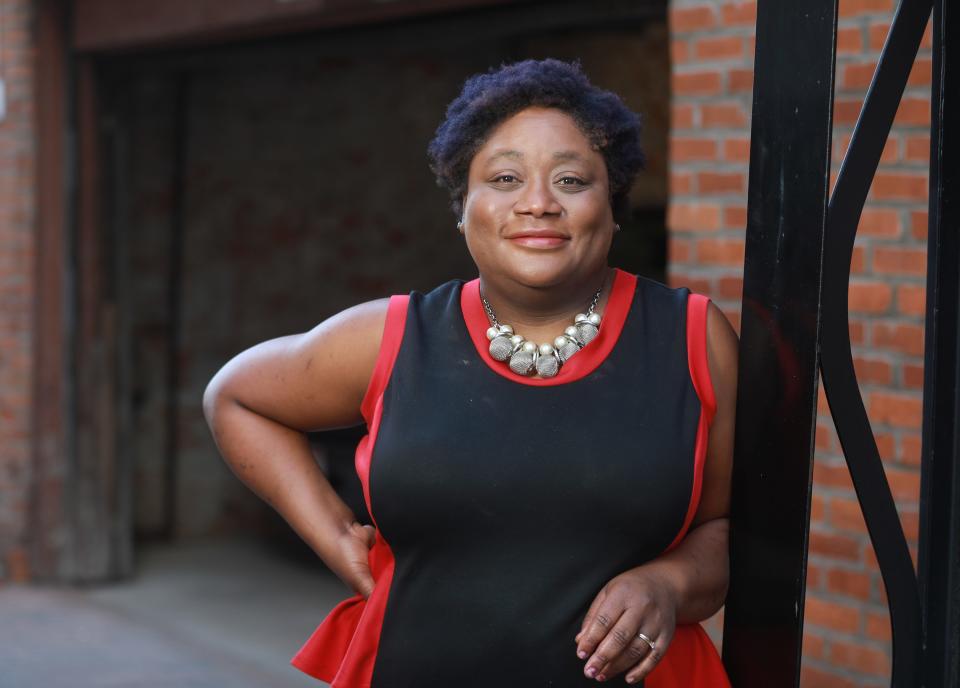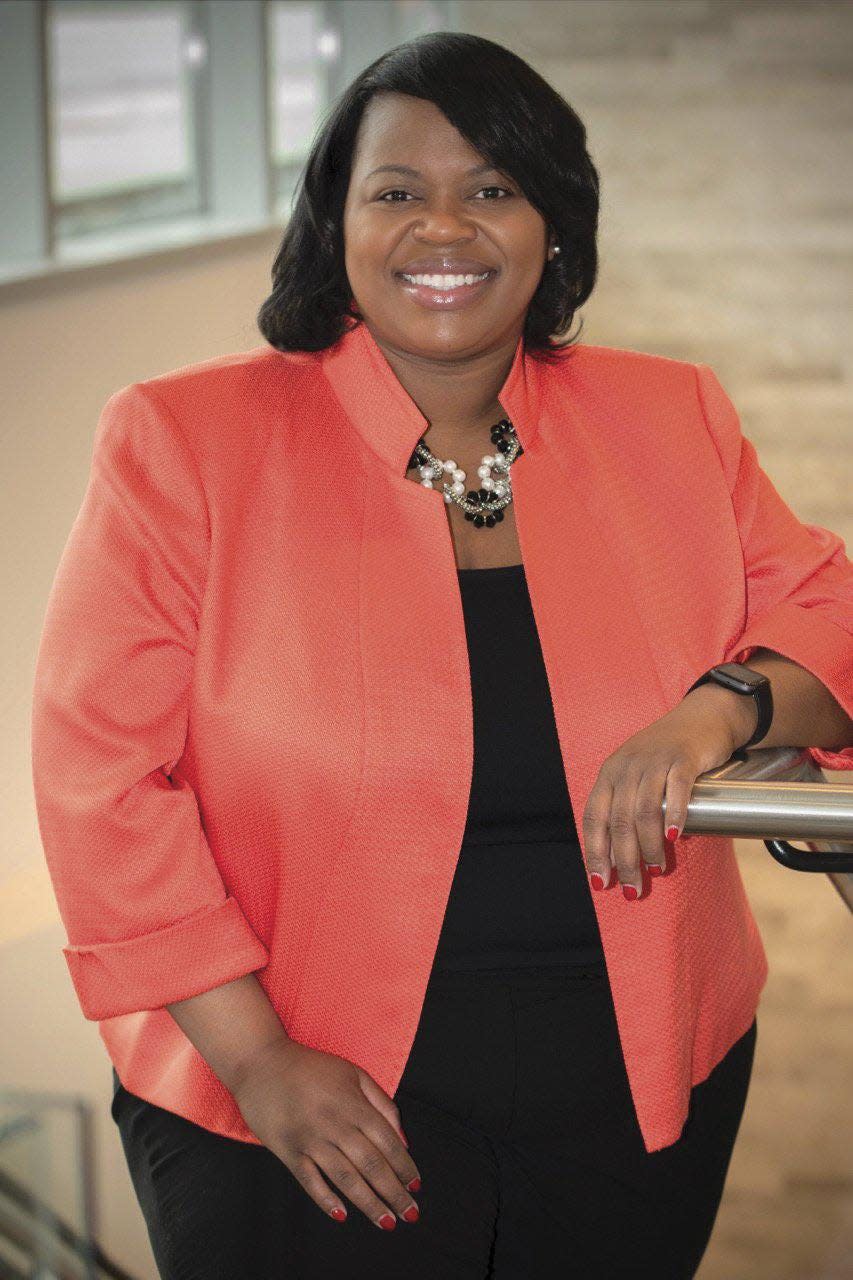Amelia Robinson: Bexley, Olentangy incidents show why racism must be confronted directly

Amelia Robinson is the Columbus Dispatch opinion and community engagement editor.
@1AmeliaRobinson on Twitter.
Even preschoolers know not all attention is good attention. That does not mean what is not good is bad.
Some attention points to truths that don't even bother hiding under the surface — truth that must be addressed in the name of the diversity, equity and inclusion so many profess to embrace without real action.
In recent weeks, two Columbus area school districts have found themselves in the national spotlight for issues involving racism and open and truthful discussion of race.
In the politically and racially toxic environment the nation finds itself in, neither incident was shocking, but both are reason for not just alarm, but meaningful action.
Last month, the assistant director of communications for Olentangy Local School District drew ire to the district after she cut off the reading of the Dr. Seuss book "The Sneetches" during an NPR podcast after students asked a question about race.
The issue in Bexley was even more disturbing because it was causally blatant.
School board members this month accepted the resignation of a middle school teacher who oversaw the morning announcements that displayed a racist image of an orangutan eating a watermelon right after a Black History Month fact was presented.
Officials say racist social media posts were shared among Bexley students days before the orangutan appeared on the school's green screen, prompting scorn.

It was not the first time in recent years Bexley has found itself in the hot seat over racist incidents, but it should be the last.
Back in 2020, a group calling itself The George Floyd Brotherhood invited Black students to chat only to harass them and use racist epitaphs.
More:Bursting the Bexley bubble: A series of racist online attacks spur conversation, reflection
"They started asking me, ‘Yo, is it cool if we use the N-word?," a Black student told Columbus Monthly in 2020. "I put my phone down and just went on watching a movie, not looking at my phone because I knew they were going to keep asking me and asking me. About an hour later, I picked up my phone and they were still talking, and this one kid goes, ‘Listen up here, you N-word, I need you to pick up the phone.’ And immediately there I left the group, because I didn’t know how to react. … I was just ignoring it, almost like it was a bad dream.”
Bexley school board members and administrators say the most recent incident involving the image does not represent the district.
"The use of racist images in any context is unacceptable and goes against the values of inclusiveness and respect for all individuals that we take seriously at Bexley City Schools and at Bexley Middle School," the middle school's principal Jason Caudill and assistant principal Racquel Armstrong, said in a letter to parents. "This material has no place in a learning environment and can cause significant harm to students and members of the school community."
It is not immediately clear how the image got into the morning announcements, but it is clear that the message of inclusivity was clearly not properly conveyed to whomever put it there - student, teacher or someone else entirely.
About 18% of Bexley's 2,417 students are part of a racial minority, including 8% who are Black, according to the National Center for Education Statistics.
The district will do better by all of its students by ensuring schools are more inclusive.
What can be done now?
Courtnee Carrigan, CEO of Raising the Bar Performance Group in Columbus, said school districts should make sure their policies are updated to reflect our current times and the values the community holds dear.

"If those policies are not updated, update them. Are these policies communicated on a regular basis to our staff, to our students, to our parents?" she said. "Are we up-to-speed on what our students need and are asking for?"
She said changes like a student bill of rights could prove helpful. Moreover, Carrigan told me that all school districts and communities must seize the power to set standards from the minority who do not represent the will of the majority of people.
Schools, parents and the community as a whole must take steps to make sure racist issues do not continue.
"'The few' is getting the attention, is that reflective of our community? Is that reflective of our community values?" she asked. "There is a global majority of us who want our kids to learn, who want our kids to be safe, who want our kids to be in a thriving community. The global majority of us have to make sure we are focusing on creating a community that is reflective of what the majority of us want."
Melissa Crum, a diversity and equity practitioner and founder of the Mosaic Education Network, said the big issues that grab the public's attention often point to systemic problems that have brewed and festered over time.
"What districts tend to do is they'll harp on and act immediately when people do really overtly harmful things, but that means there's a good chance there's a long legacy of less overt things," she said. "They have created a culture of exclusion in the school."
The values a school district wants must be baked into each role, and student perspective should be sought because oftentimes teachers teach in a bubble.
She encourages school officials to model good behavior and to correct students when they misstep.
"What does it look like to demonstrate inclusion as a superintendent, as a principal, as a teacher, as a parent, as a paraprofessional, as a bus driver...," she said. "What's the consequence, and if they are living up to it, what's the reward?"
Confronting and correcting racism is not easy, but it must be done.
Apologizing after the fact is not enough.
Amelia Robinson is the Columbus Dispatch opinion and community engagement editor.
@1AmeliaRobinson on Twitter.
Note: Melissa Crum's recommended reading about local schools and discrimination: "Browning Pleasantville (2017) by Kimberly Brazwell and "Getting Around Brown: Desegregation, Development, and the Columbus Public Schools" by Gregory S. Jacobs.
This article originally appeared on The Columbus Dispatch: What should school districts like Bexley and do to confront racism?

